The Dwarf Valencia orange tree (Citrus sinensis ‘Valencia’) is a popular variety of sweet orange, known for its juicy, flavorful fruit that is widely used for fresh eating and orange juice production. Here are some key details about the Valencia orange tree:
Key Characteristics
- Fruit:
- Flavor: Dwarf Valencia orange tree are prized for their sweet, tangy flavor and high juice content. They are often used for making fresh orange juice.
- Appearance: The fruit is typically medium to large in size, with a bright orange skin and a juicy interior.
- Tree:
- Size: Valencia orange trees are medium-sized, typically growing to 15-25 feet (4.5-7.5 meters) tall. They have a rounded canopy with dense, evergreen foliage.
- Leaves: The leaves are glossy, dark green, and lance-shaped.
- Blooming and Fruiting:
- Flowers: The tree produces fragrant white blossoms, usually in spring or summer.
- Harvest: The fruit typically matures from late spring to summer. Valencias are known for their extended harvest period compared to other orange varieties.
- Growing Conditions:
- Climate: Valencia oranges thrive in subtropical and tropical climates. They require a warm growing season and are sensitive to frost.
- Soil: They prefer well-drained soil, ideally with a slightly acidic to neutral pH (6.0-7.0). They do not tolerate waterlogged conditions well.
- Care:
- Watering: Regular watering is important, especially during dry periods. However, avoid overwatering, which can lead to root rot.
- Fertilization: Citrus trees benefit from a balanced fertilizer formulated for fruit trees. Fertilize in early spring and again in late summer.
- Pruning: Prune the tree to maintain its shape and remove any dead or crossing branches. Pruning can also help improve air circulation.
- Pests and Diseases:
- Common Pests: Watch out for aphids, scale insects, and citrus leaf miners. Regular inspections and appropriate treatments can manage these pests.
- Diseases: Citrus trees can be affected by various diseases, including citrus canker and root rot. Proper care and disease-resistant rootstocks can help mitigate these issues.
Additional Tips
- Pollination: Valencia orange trees are typically self-pollinating but can benefit from the presence of bees and other pollinators.
- Protection: In regions prone to frost, consider providing protection to young trees or using frost cloths during cold snaps.
- Harvesting: Fruit should be harvested when fully ripe. You can tell by the deep orange color and slightly soft texture.
Valencia orange trees are not only valuable for their fruit but also add aesthetic beauty to landscapes with their glossy foliage and fragrant blooms.

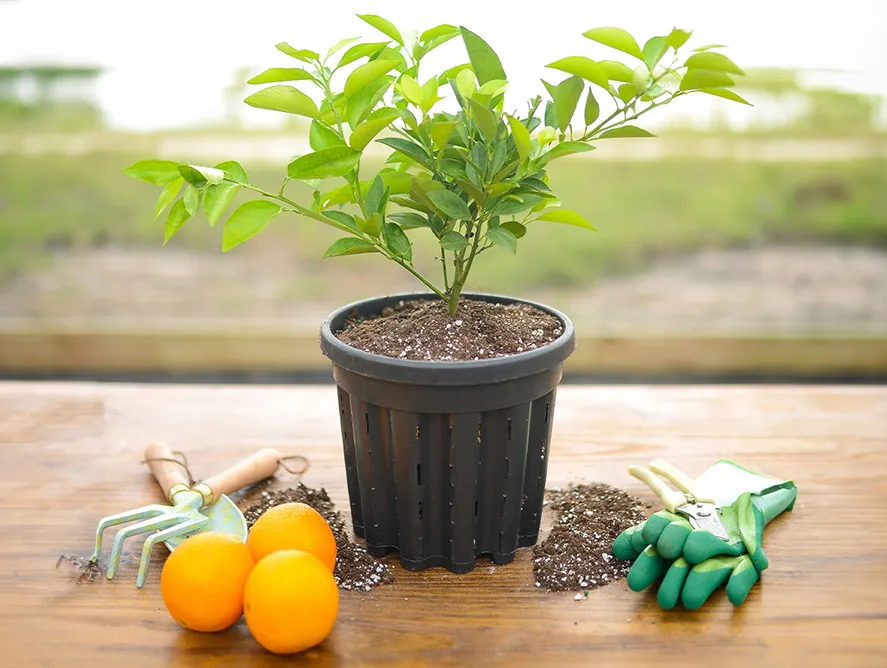
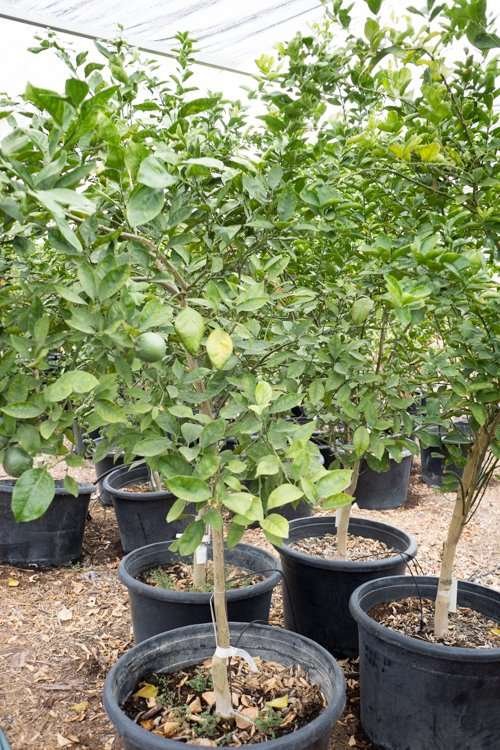
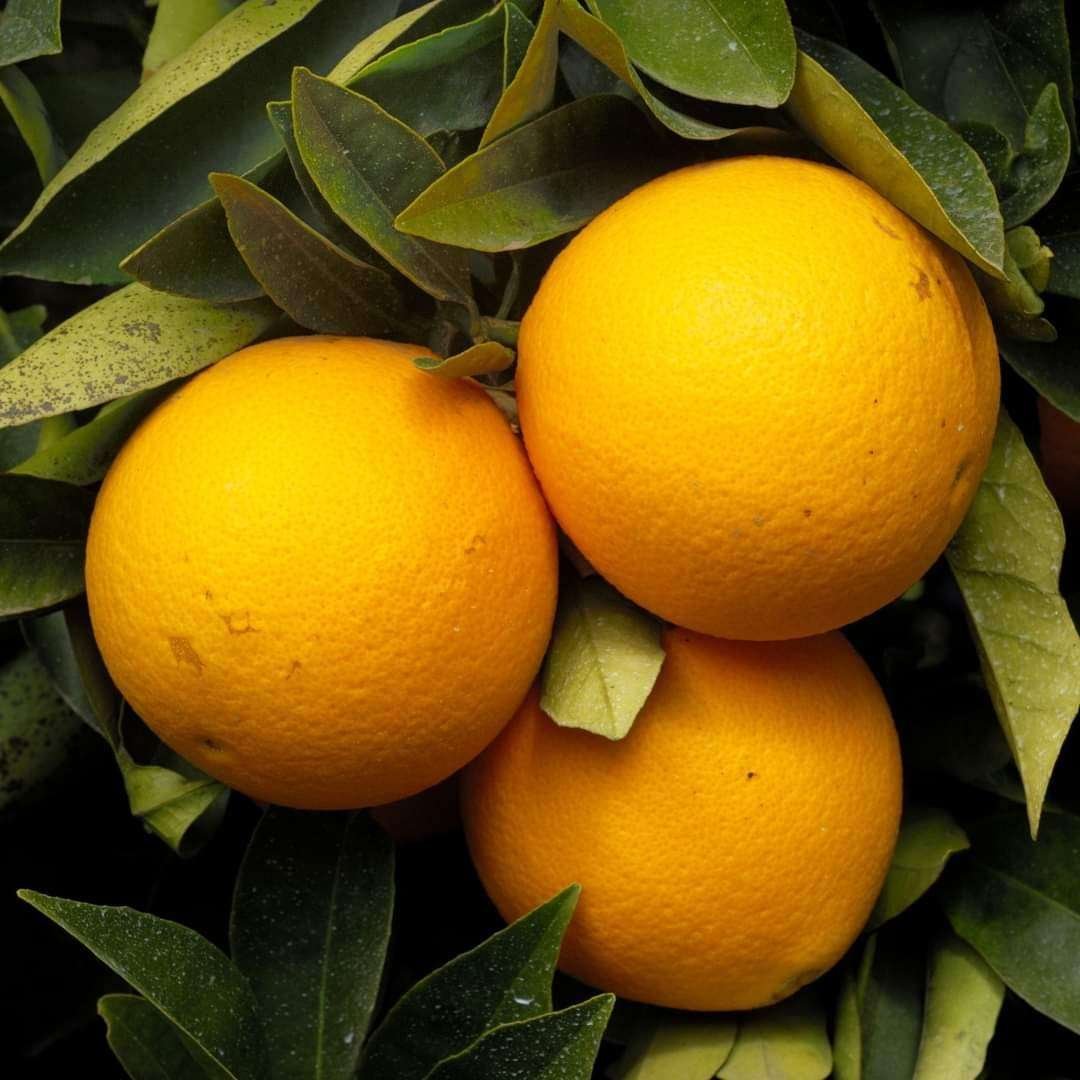
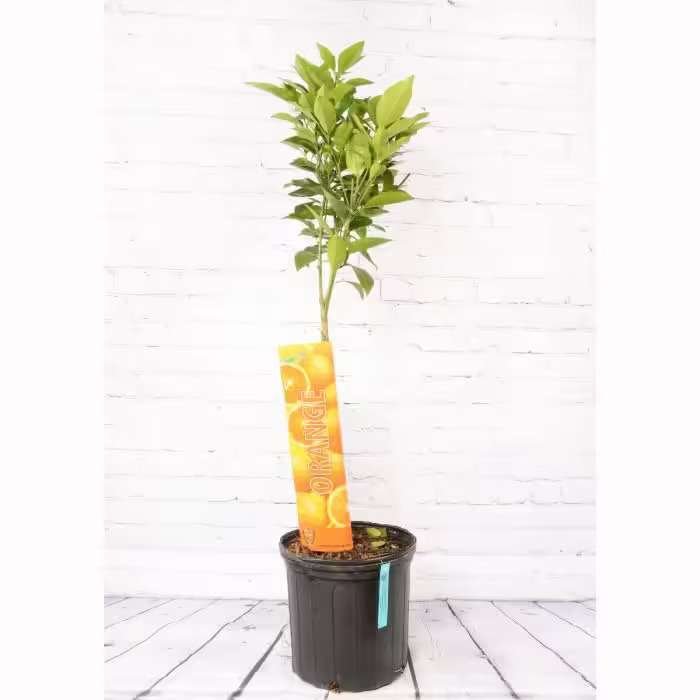
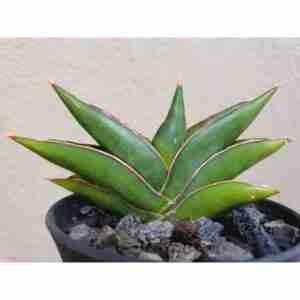
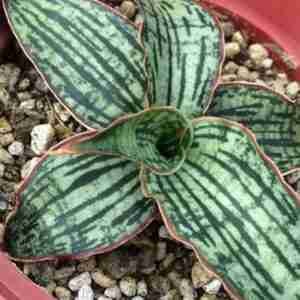
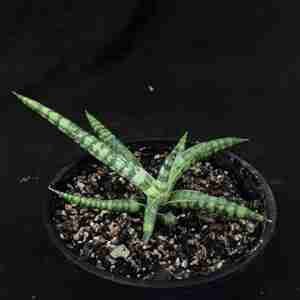
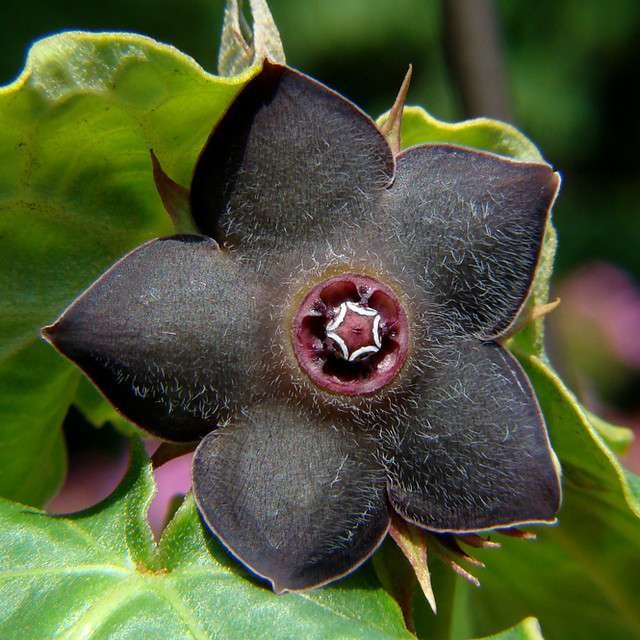
Reviews
There are no reviews yet.